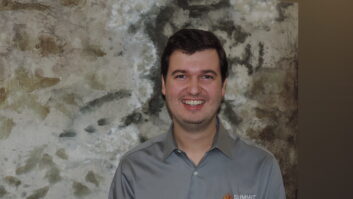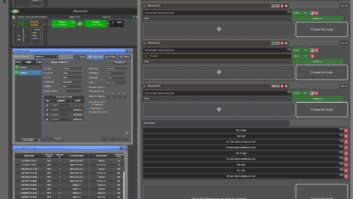In an event commemorating Austro-Hungarian composer Franz Liszt, a new Mayah IO [io] 8000/8001 audio video encoders/decoders connected locations in Austria, Germany and Luxembourg.
Liszt was born in the village of Doborján, now Raiding, Austria, in 1811; made his last public performance in Luxembourg on 19 July 1886; and died in Bayreuth, Germany, on 31 July 1886.
Austrian musician and composer Gerhard Kramer created a project dedicated to Liszt titled “lisz[:t:]raum” that involved the simultaneous performance of a composition for a percussionist and a pianist at each of the three locations.
Six IO [io] 8000/8001s provided synchronous transmission of broadcast-quality video and audio signals via Internet to a fourth location, the railway station in Luxembourg.
The audio signals were mixed on a digital console and played out to the audience, with the pictures projected onto a large screen.
The IO [io] 8000/8001s encoded the audio as MPEG-4 HE-AAC v2 at 64 kbps stereo. The video was encoded at full standard definition using H.264/MPEG-4 Part 10 AVC for transfer at bitrates from 1 Mbps to 2 Mbps.












